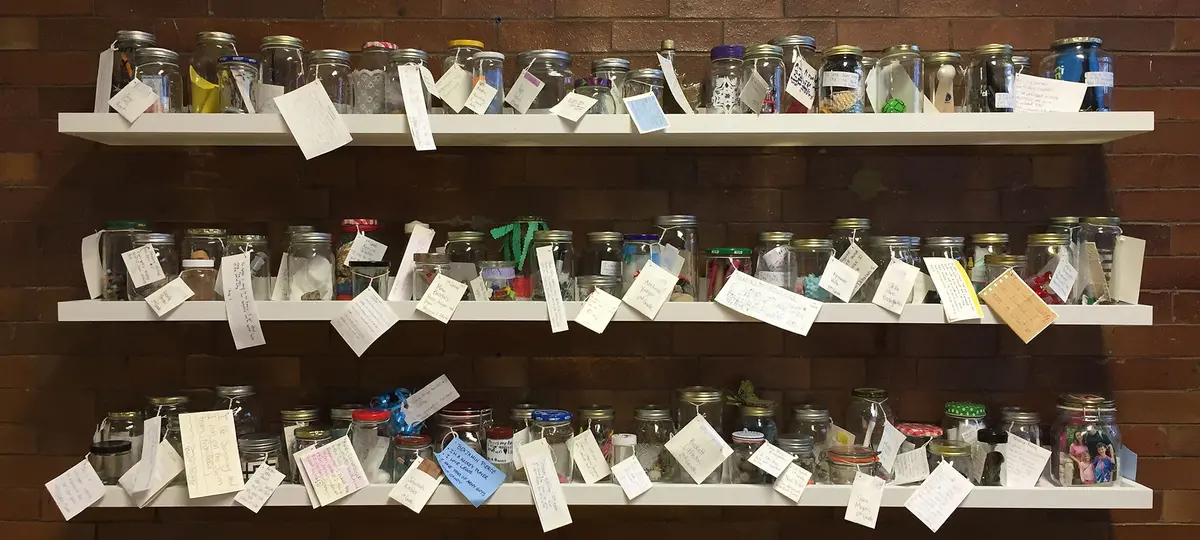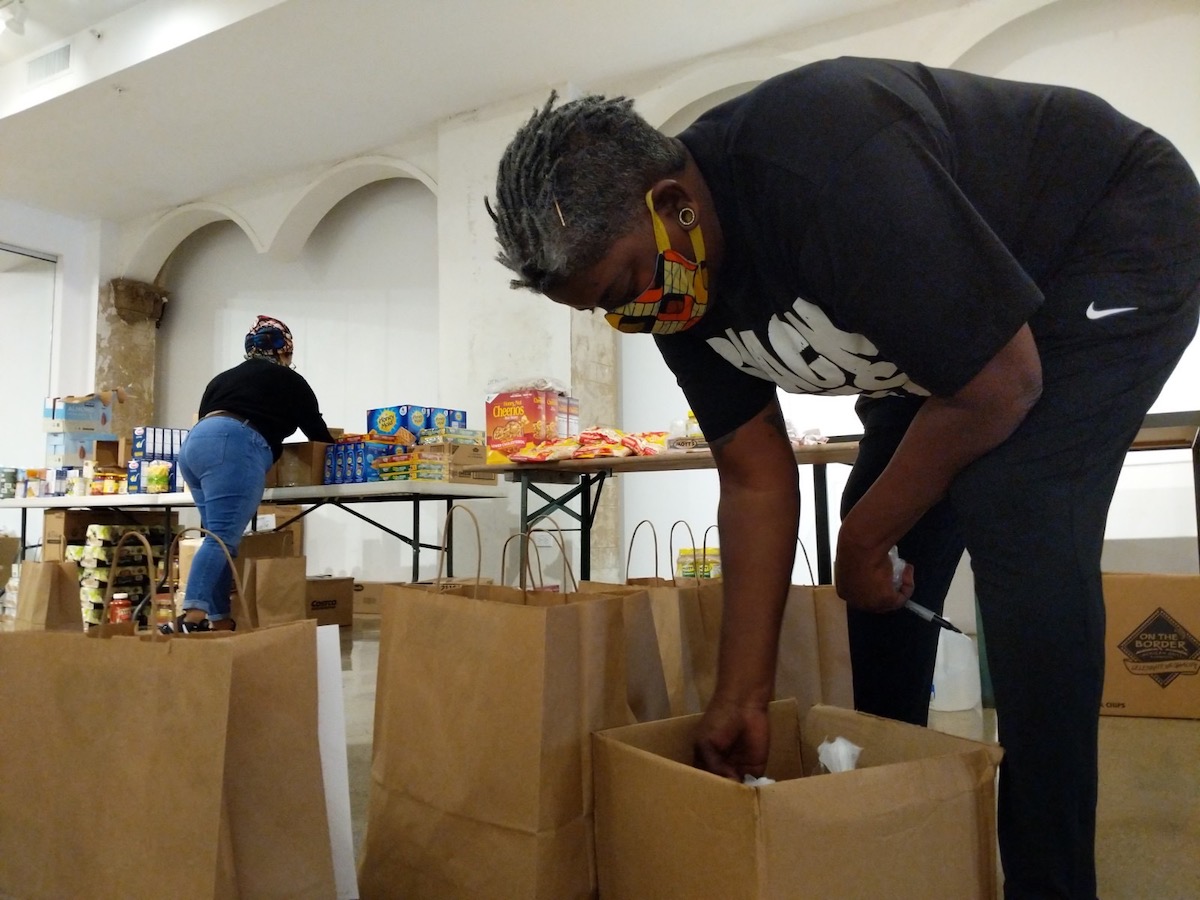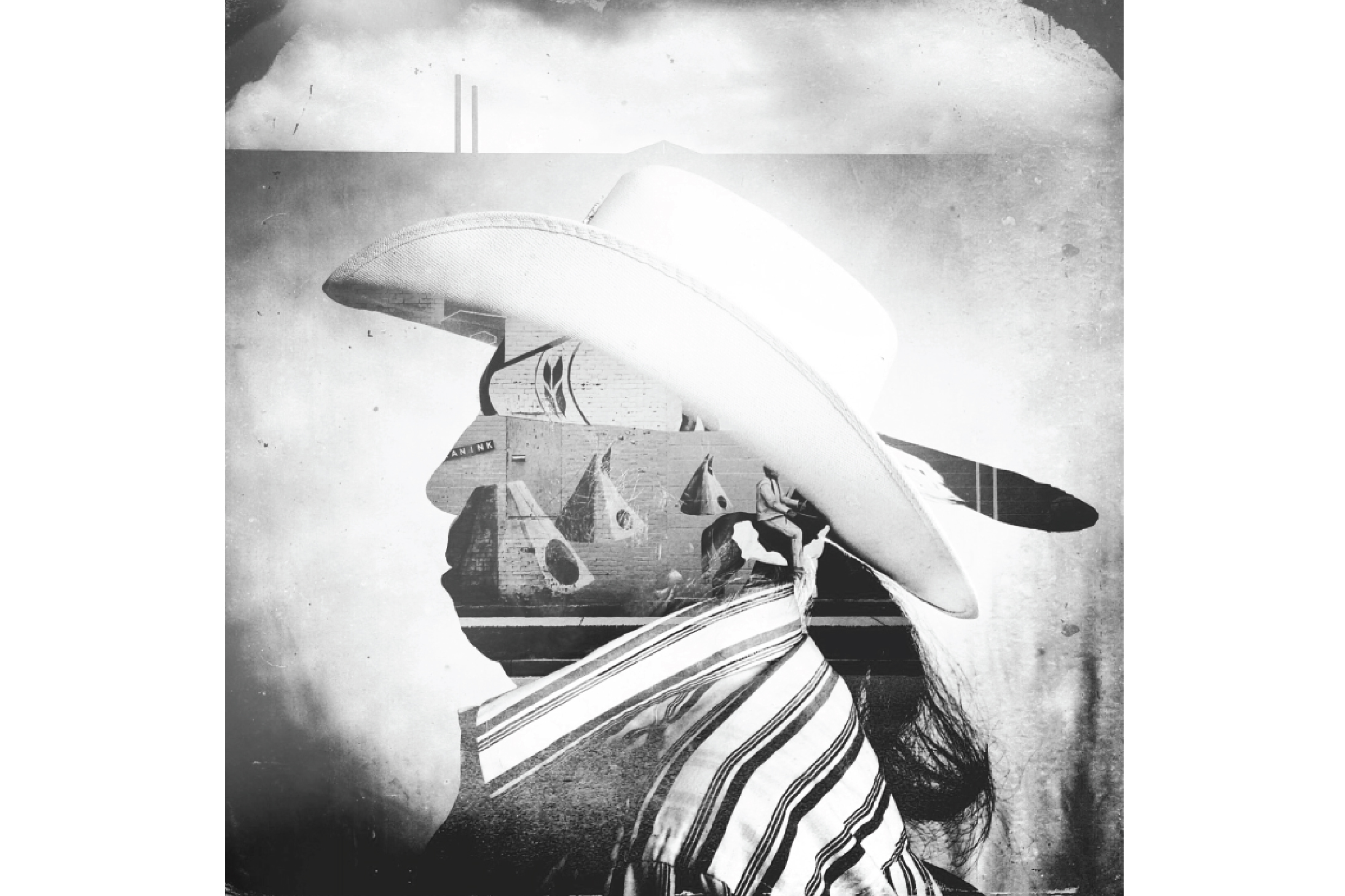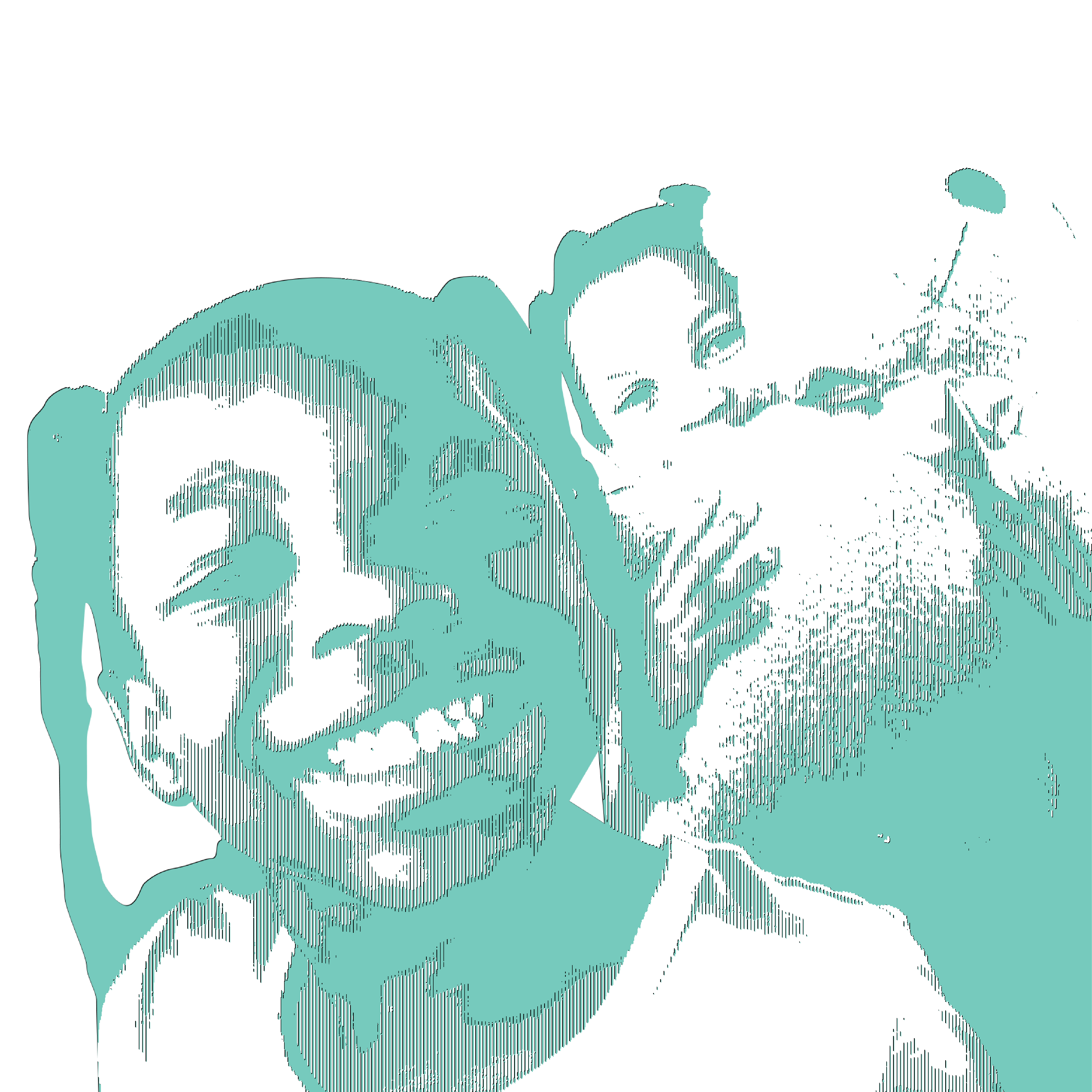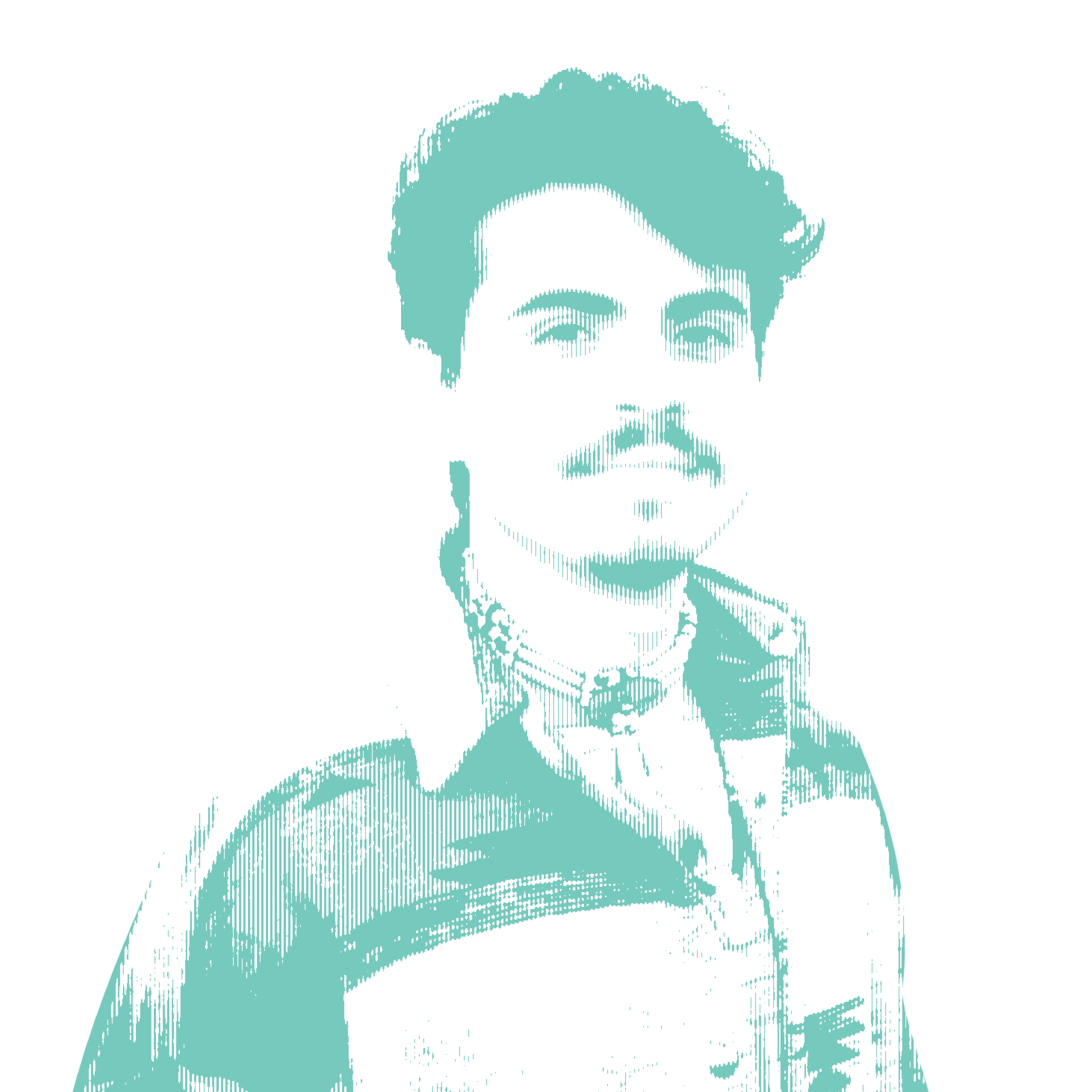This unit was created by Mary Haddad, a teacher in Chicago, IL, as part of the 2021-2022 Pulitzer Center Teacher Fellowship program. It is designed for facilitation across approximately twenty one-hour lessons.
For more units created by Pulitzer Center Teacher Fellows in this cohort, click here.
Unit Objectives:
Students will...
- Investigate underreported stories through inquiry
- Practice visual literacy skills as they read, write and create visual images that represent their identity
- Practice their visual literacy skills by using images to make inferences, utilize schemas, and synthesize information Identify an issue that relates to their social self and intrinsic identity
- Research, workshop, communicate new findings, and interact with their peers to understand their stories to build empathy and community
- Utilize the Pulitzer Center Website to deepen visual literacy skills by examining the use of semiotics in underreported stories that relate to their self-identification.
- Create and post their broadside in the surrounding community as an act of civic engagement that raises awareness about underreported stories that connect to their experiences, identities, or interests
Unit Overview:
In this unit, students break patterns and disrupt the media’s, schools’, and society’s systematic crisis of isolating and erasing authentic individual identities through discussion, storytelling, and visual art.
Students will begin with inquiry exercises to identify areas of interest when reflecting on underreported stories. Through a series of class discussions, students will reflect on the underreported global issues that are important to the interest of their peers and create a “wonder wall,” which identifies possible areas of research, inquiry and deeper learning. Students will explore issue areas by reading a series of articles from the Pulitzer Center website and utilize the Pulitzer Center Website to research more about their interest. Small groups will be formed for students to work together on topics, share information, and peer assess. Students will implement a process of identifying key words and developing symbolic associations to represent central themes and ideas in articles and then leverage that process to consider and express their own identities. Students will use symbolic images that they have created to represent their identity to communicate their ideas.
Students will craft broadsides that capture their identities and contribute their art to a Proclamation Wall that is for the school community to examine.
Performance Task:
The unit will culminate with an Agents of Change community event. The school community will have an opportunity to learn more about the students, their identities, and view illustrated underreported stories that they have selected as relevant to who they are in the world around them.
Students will begin with inquiry exercises to identify areas of interest when reflecting on underreported stories. Through a series of class discussions, students will reflect on the underreported global issues that are important to their peers and create a “wonder wall,” identifying possible areas of research, inquiry and deeper learning. Students will explore issue areas by reading a series of articles from the Pulitzer Center website. Small groups will be formed for students to work together on topics, share information, and peer assess. Students will implement a process of identifying key words and developing symbolic associations to represent central themes and ideas in articles and then leverage that process to consider and express their own identities.
Twenty-day unit plan, including warm-ups, texts and video resources, activities, graphic organizers, and performance tasks for the unit.
Unit Resources:
Visual Literacy Standards:
Focus: Standards 3, 4, and 5
Illinois Arts Learning Standards:
- Combine concepts collaboratively to generate innovative ideas for creating art
- Formulate an artistic investigation of personally relevant content for creating art
- Design or redesign objects, places, or systems that meet the identified needs of diverse users
- Reflect on whether personal artwork conveys the intended meaning and revise accordingly
- Individually or collaboratively, develop a visual plan for displaying works of art, analyzing exhibit space, the needs of the viewer, and the layout of the exhibit
- Identify and interpret works of art or design that reveal how people live around the world and what they value
- Analyze ways that visual components and cultural associations suggested by images influence ideas, emotions, and actions
- Collaboratively interpret art and generate meanings through describing and analyzing feelings, subject matter, formal characteristics, artmaking approaches, and contextual information
- Generate a collection of ideas reflecting current interests and concerns that could be investigated in art making
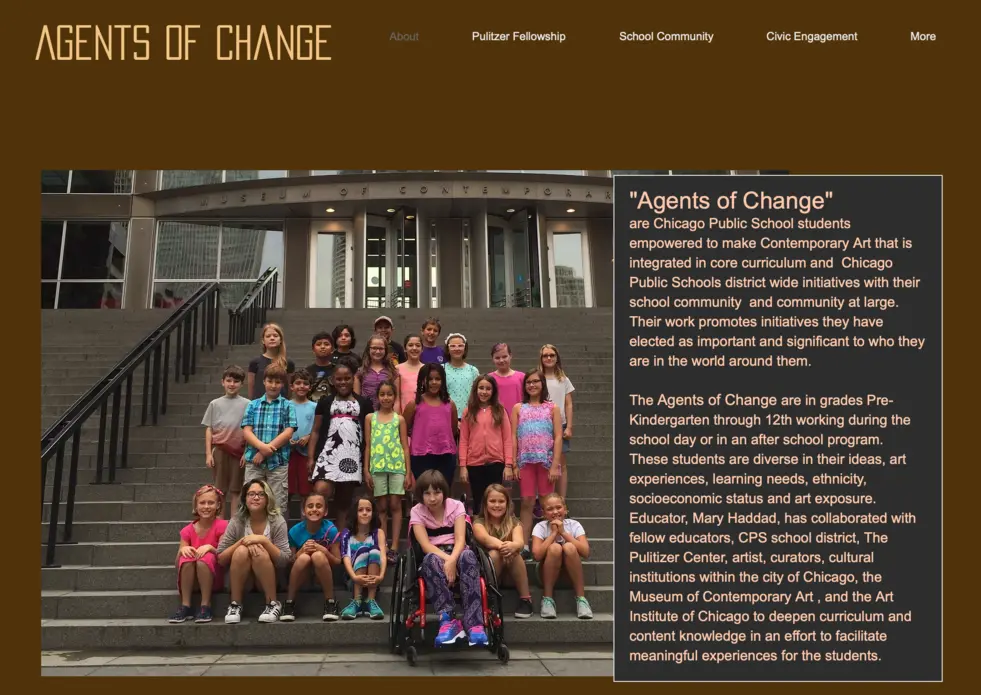
Formative Tasks:
Students will begin with inquiry exercises to identify areas of interest when reflecting on underreported stories. Through a series of class discussions, students will reflect on the underreported global issues that are important to their peers and create a “wonder wall,” identifying possible areas of research, inquiry and deeper learning. Students will explore issue areas by reading a series of articles from the Pulitzer Center website. Small groups will be formed for students to work together on topics, share information, and peer assess. Students will implement a process of identifying key words and developing symbolic associations to represent central themes and ideas in articles and then leverage that process to consider and express their own identities.
Summative Assessment:
Students will create a broadside to communicate their identities. The broadside will be posted throughout the school, surrounding community, and on social media. The school community will be able to view the students' work in a gallery walk, take a broadside with them and have an opportunity to discuss the meaning of the work.
Identity: Symbols to Represent Identity in Various Media
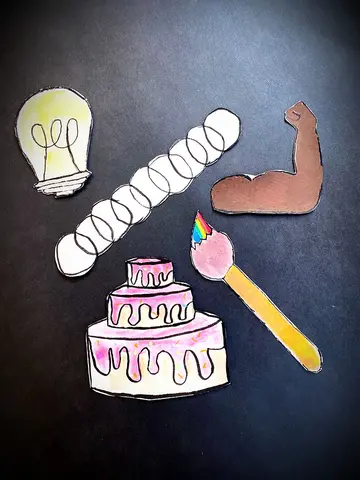
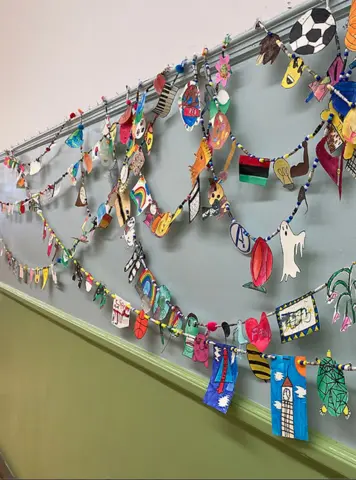
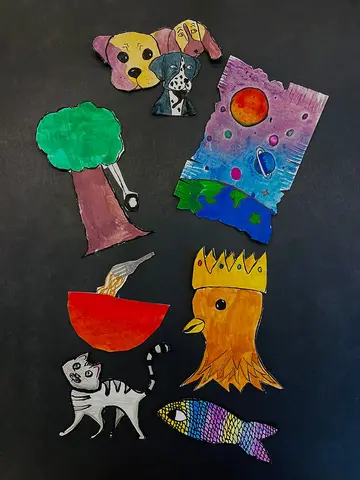
Underreported Stories Wonder Wall
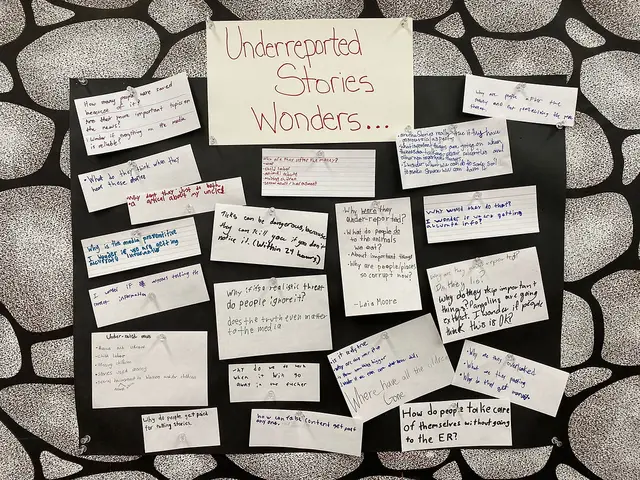
Identity in a Jar Installation
